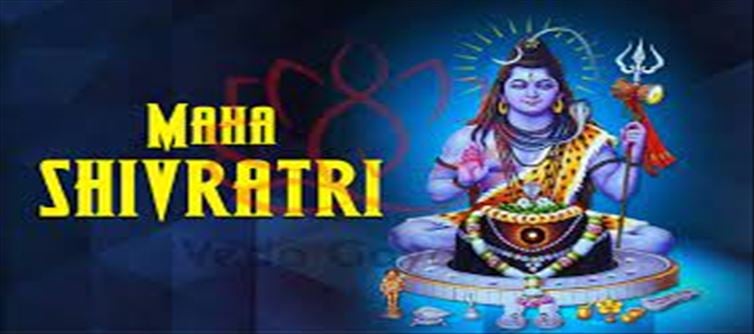
Dos and Don'ts during Mahashivratri Fasting#P2...
Devotees may consume satvik foods like fruits, some vegetables, buckwheat, ragi, sabudana, while keeping the fast. If you're also fasting during Mahashivratri, you should adhere to these guidelines.
Mahashivratri fasting Do's
1. A day before the vrat, after having a bath and doing Shiv Puja, the sankalp for the Mahashivratri fast is taken. Rice and water are placed in the palm for the sankalp.
2. On the day of the fast, get up early around Brahma Muhurta.
3. One should take a bath and put on clean, preferably white clothing the day before the fast.
4. Chanting the mantra "Om Namah Shivaya" repeatedly throughout the day is advised for those who are observing this fast.
5. Devotees should take a second bath in the evening before performing Shiv Puja because Shivratri Puja is performed at night. Following a bath, devotees typically break their fast the following day.
6. Before beginning the fast, people who have particular medical issues or are on medication should speak with their doctor.
7. Milk, dhatura flowers, belpatra, sandalwood paste, yoghurt, honey, ghee, and sugar are among the sacrifices made to Lord Shiva.
8. According to the Drikpanchang, to get the full benefits of the Vrat, devotees should break their fast between daybreak and the conclusion of Chaturdashi Tithi.
Mahashivratri fasting Don'ts
1. Since these foods are forbidden during the fast, no one should eat anything made of rice, wheat, or pulses.
2. Due to their tamsik character, non-vegetarian foods, garlic, and onions should be rigorously avoided.
3. Coconut water shouldn't be offered to Shivling.




 click and follow Indiaherald WhatsApp channel
click and follow Indiaherald WhatsApp channel